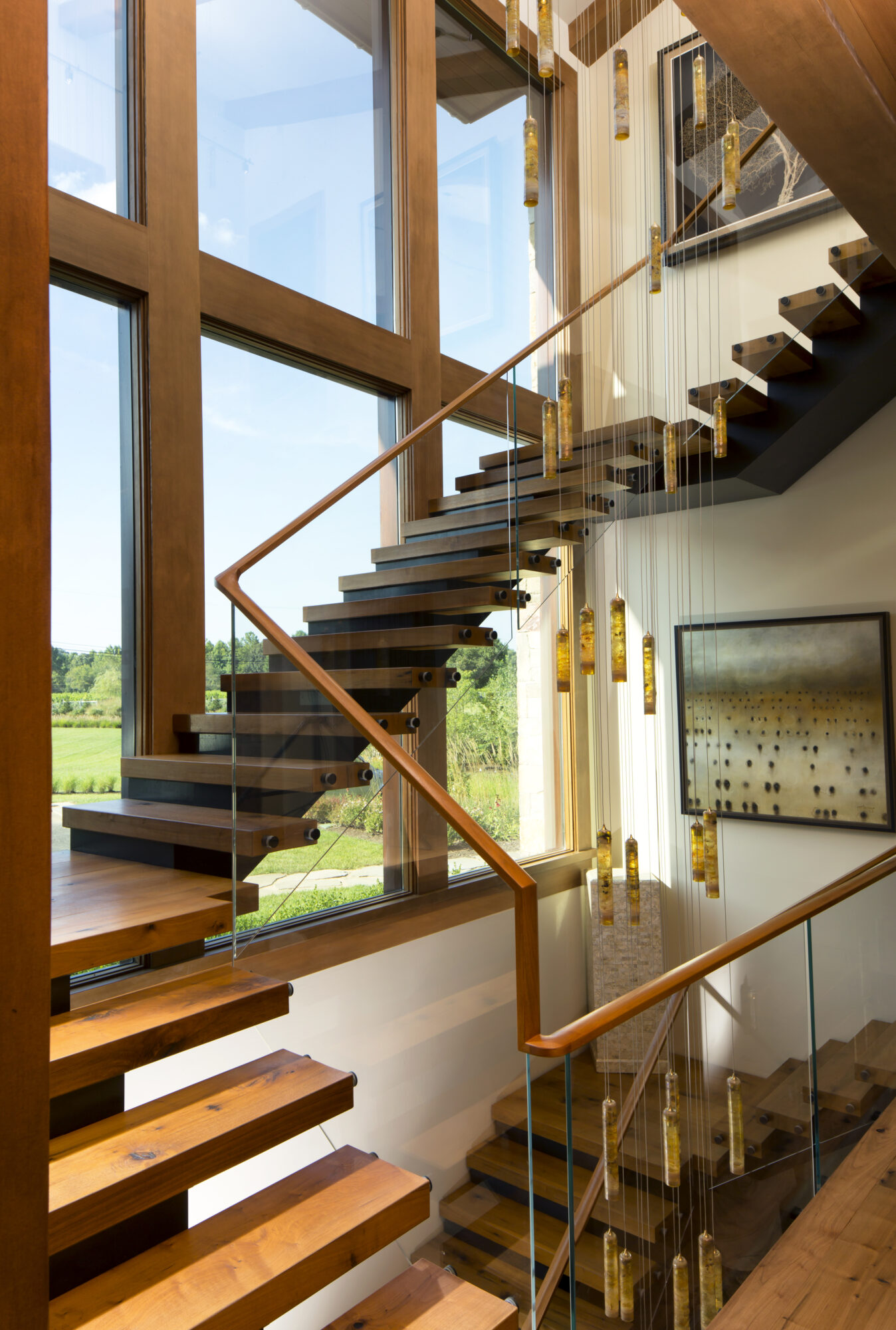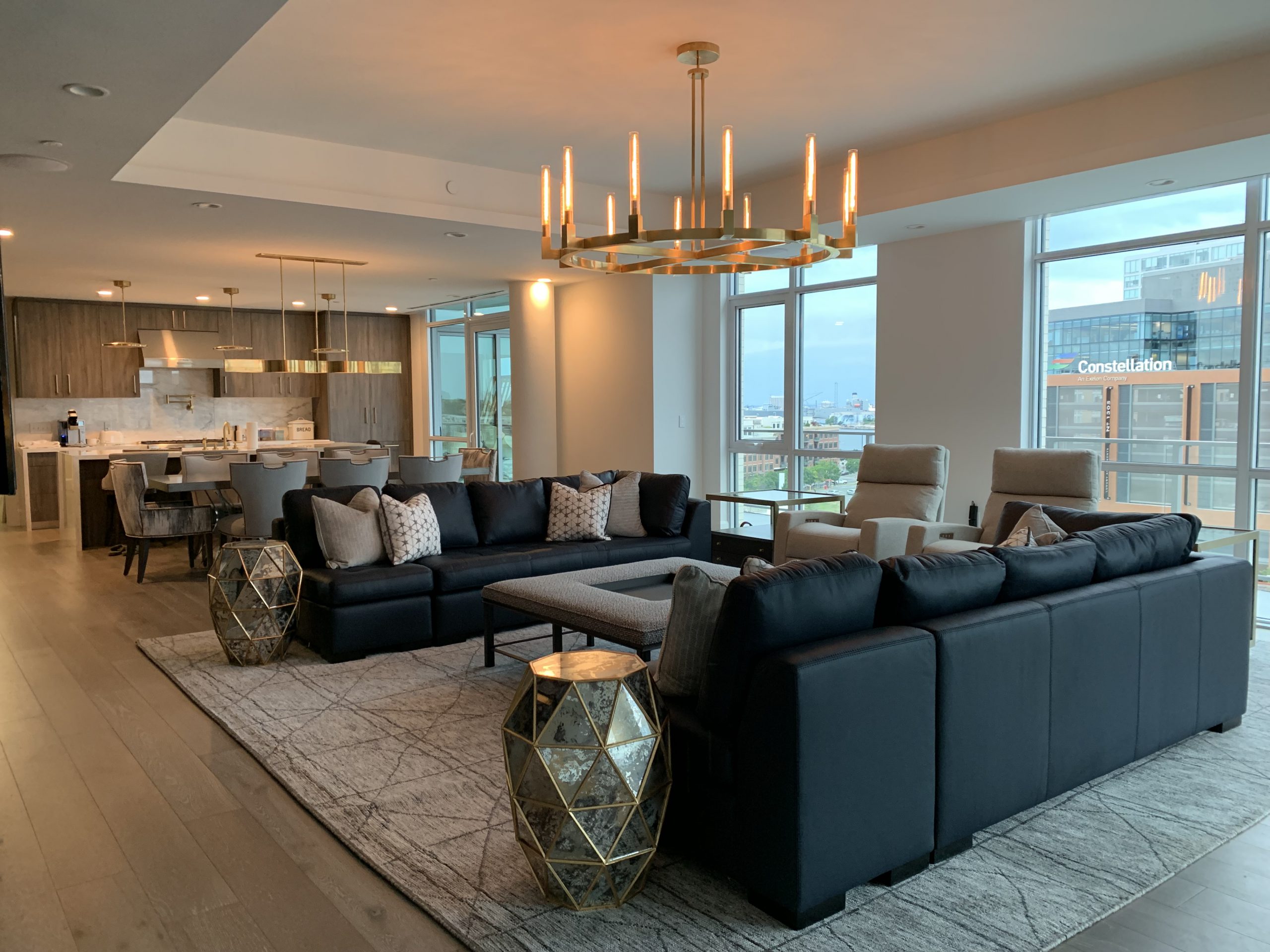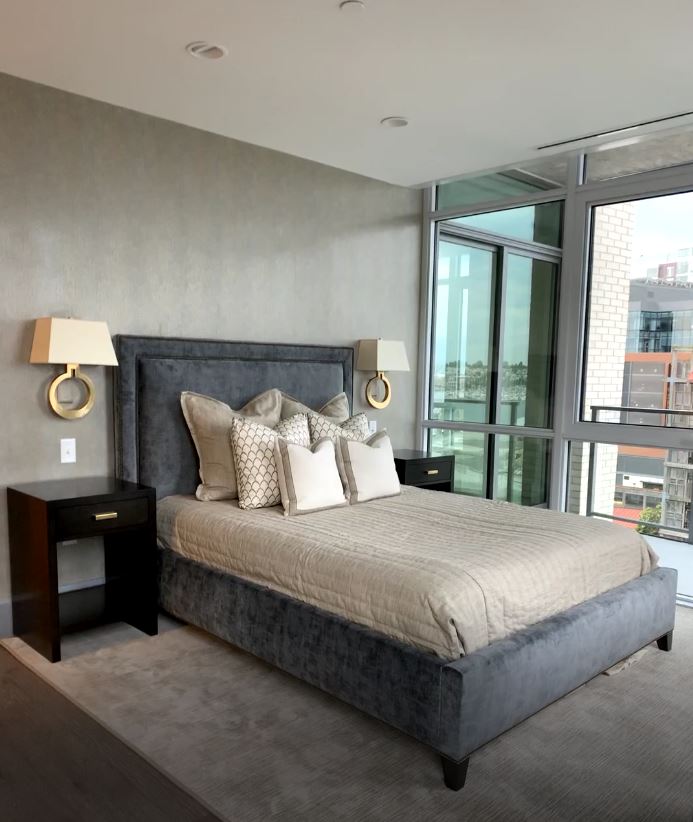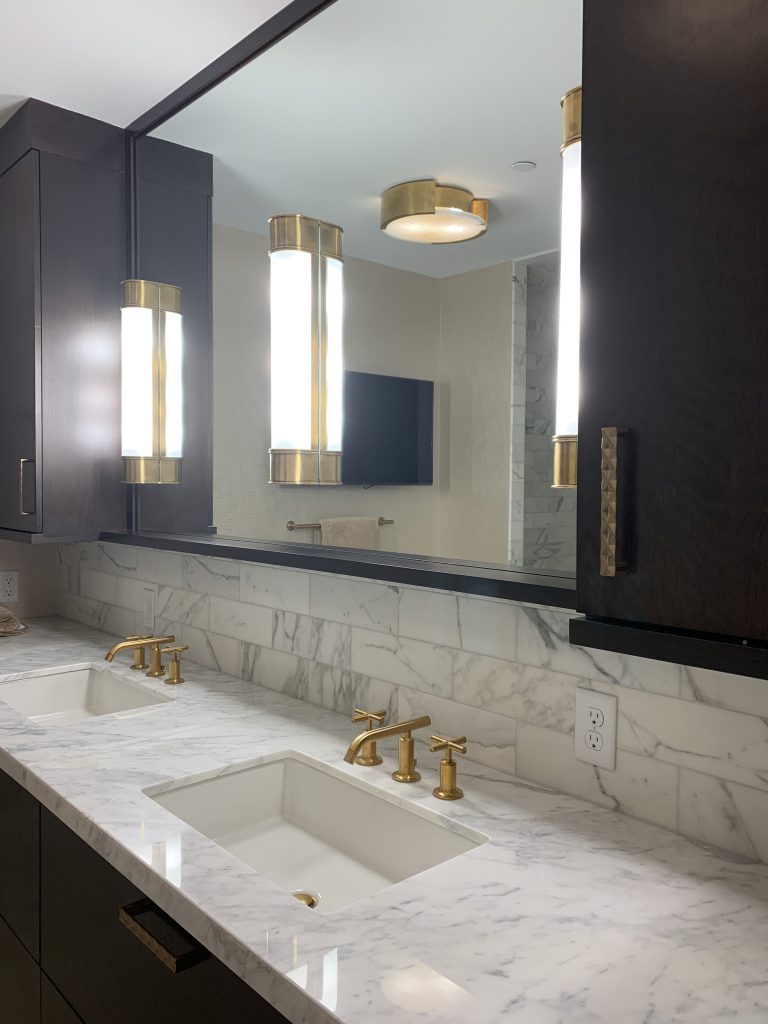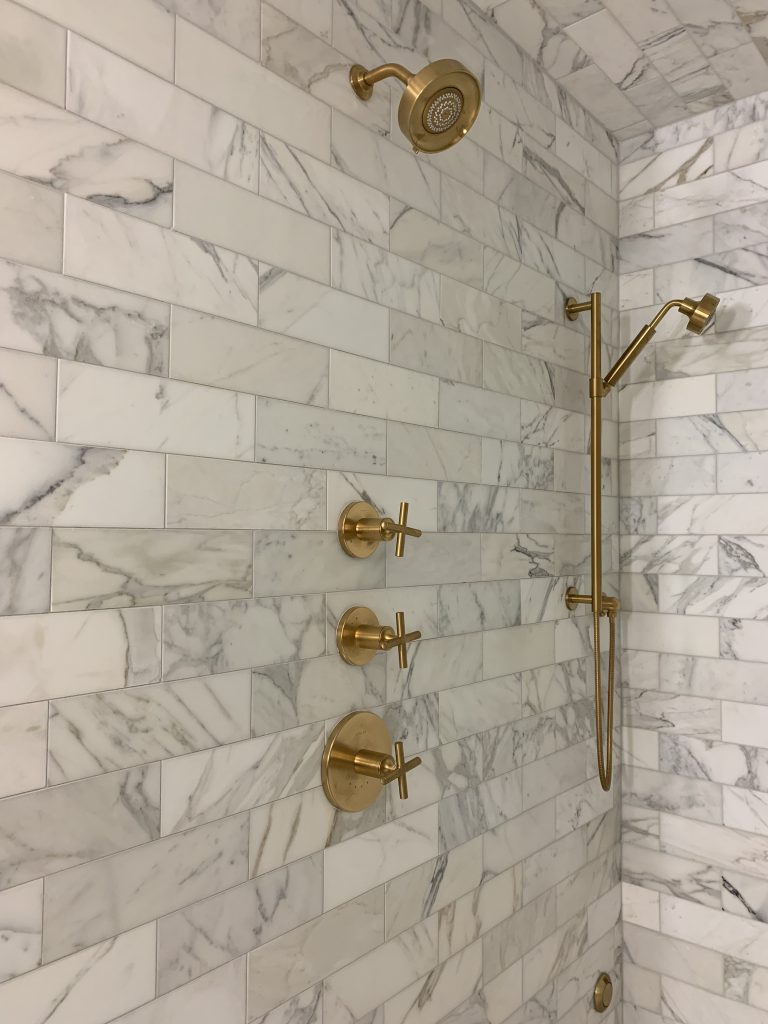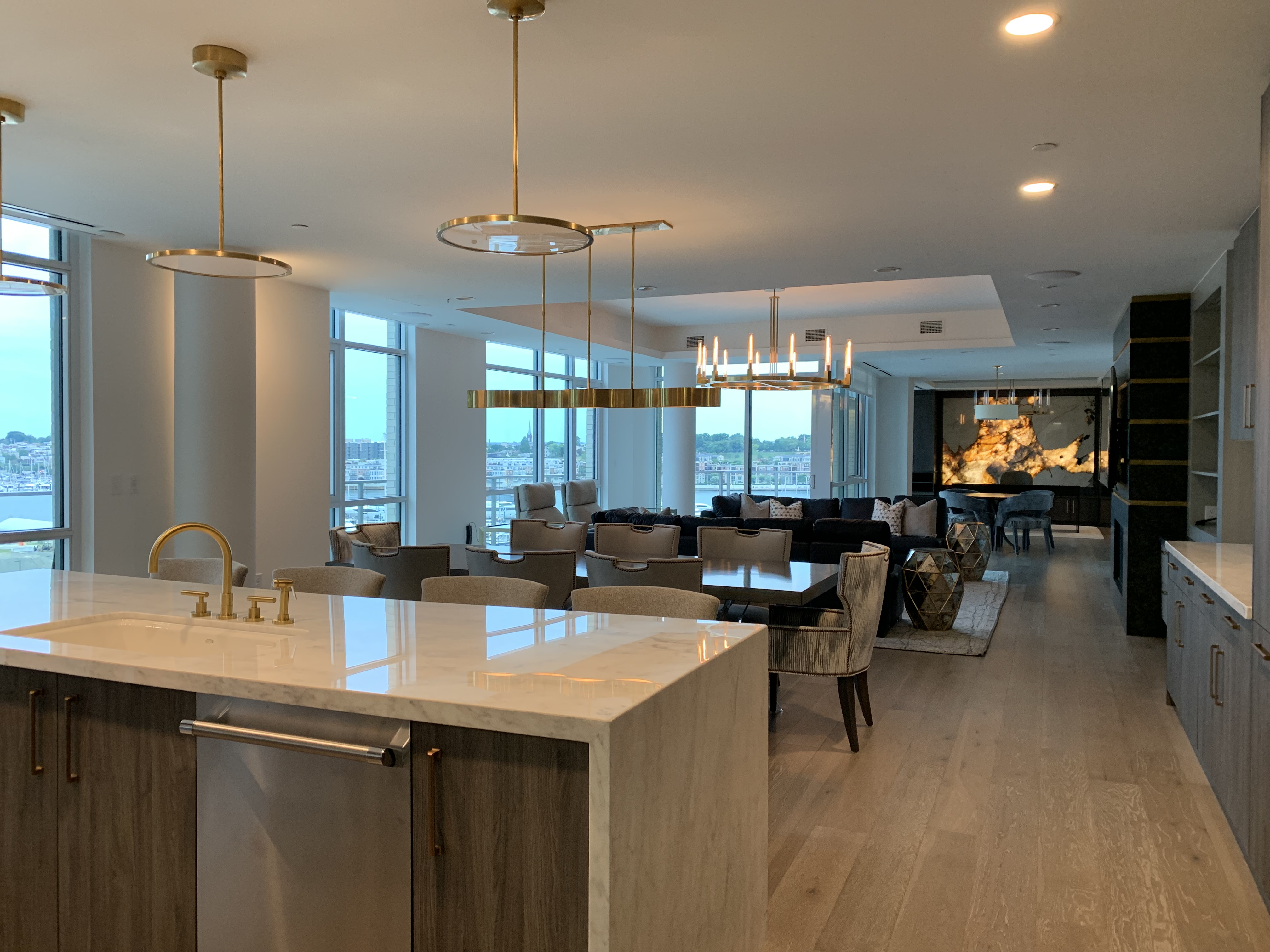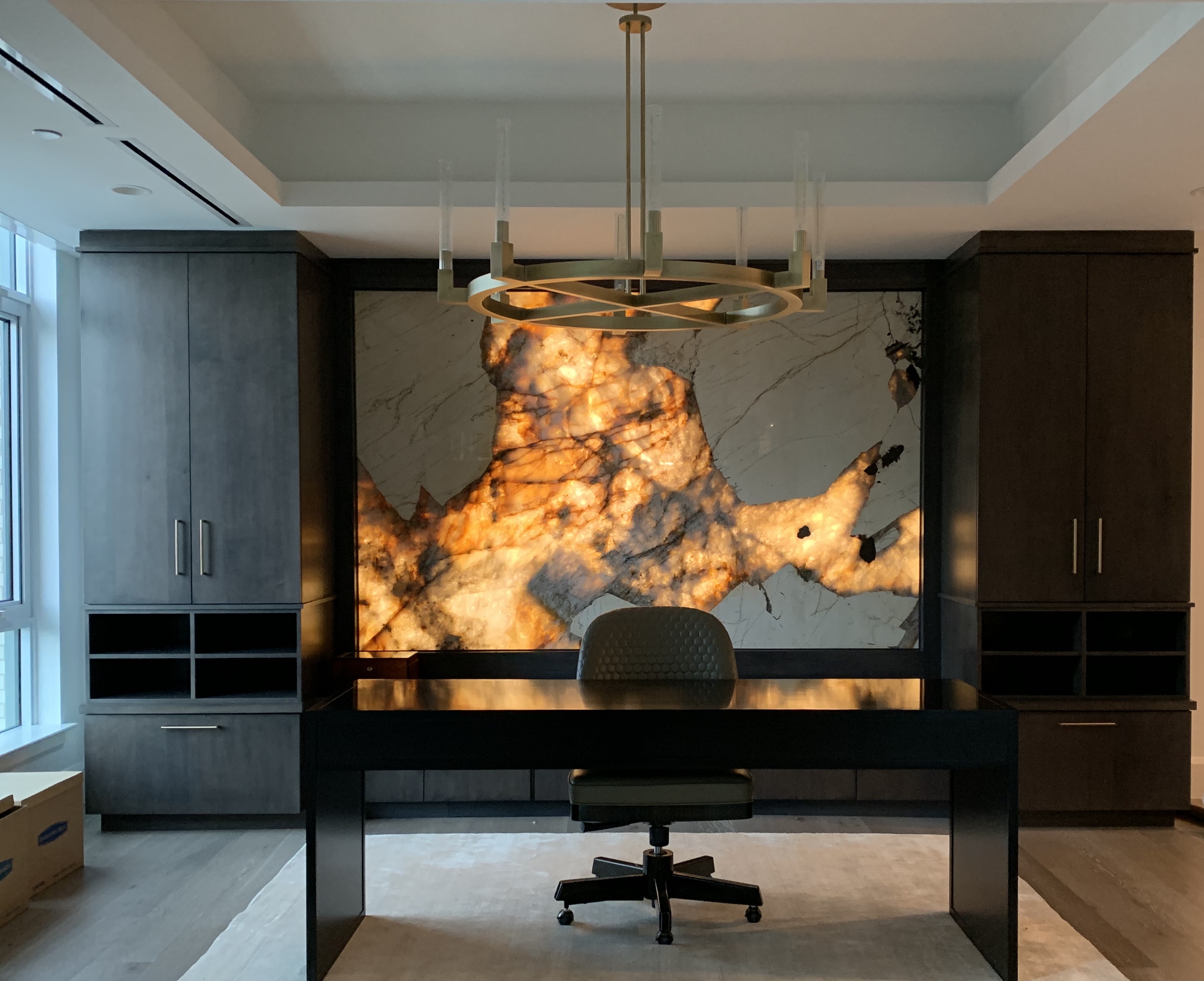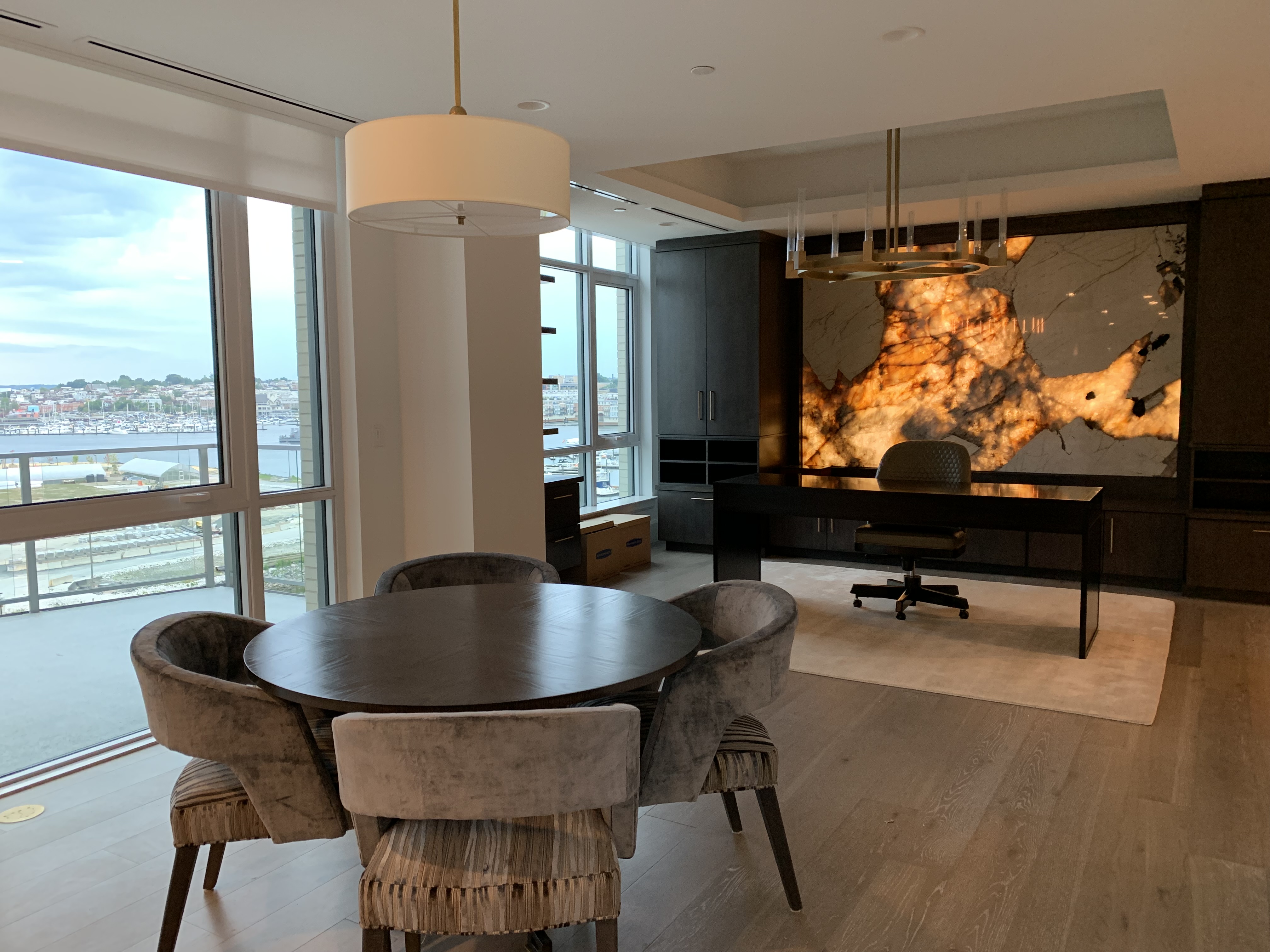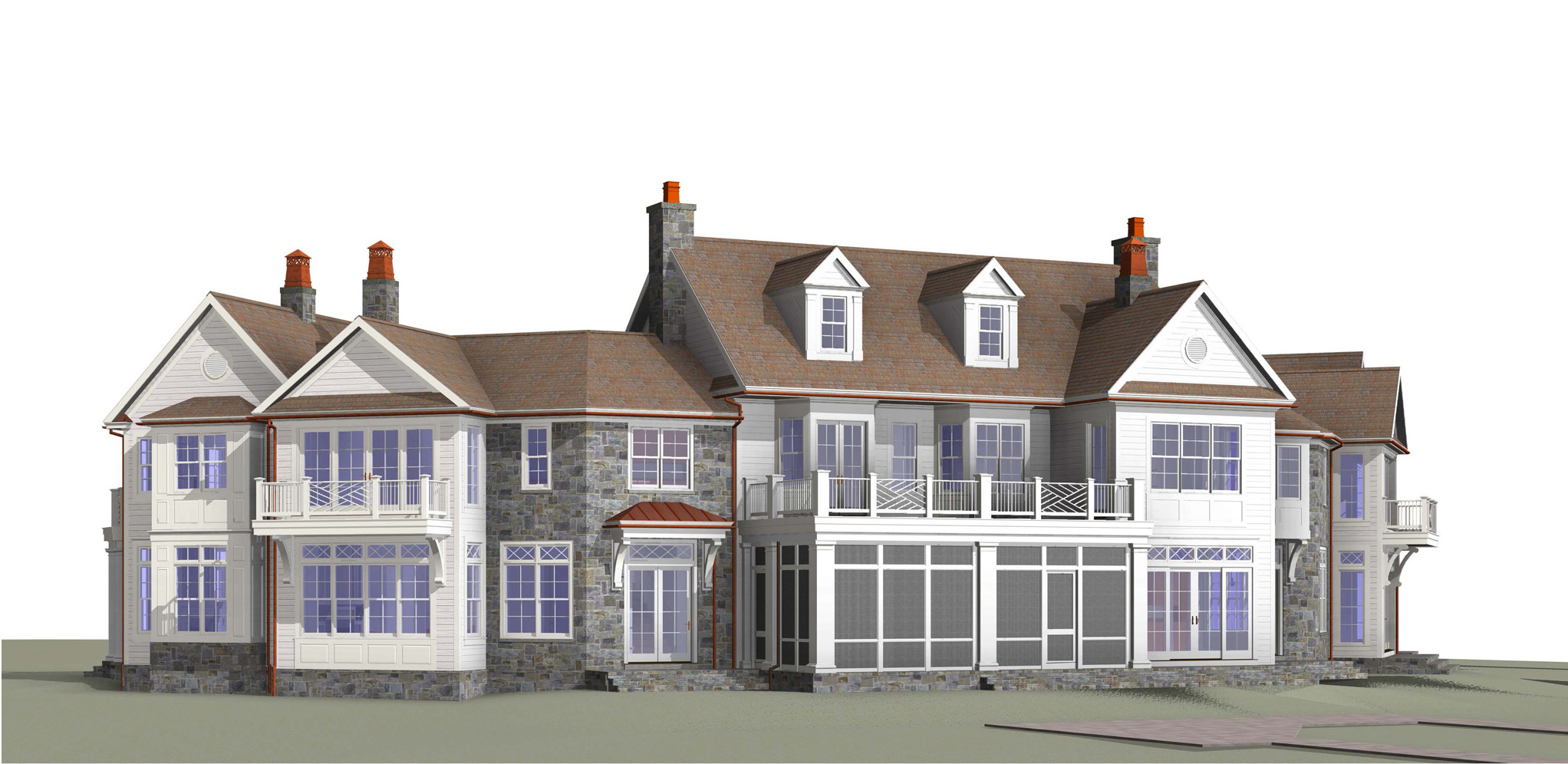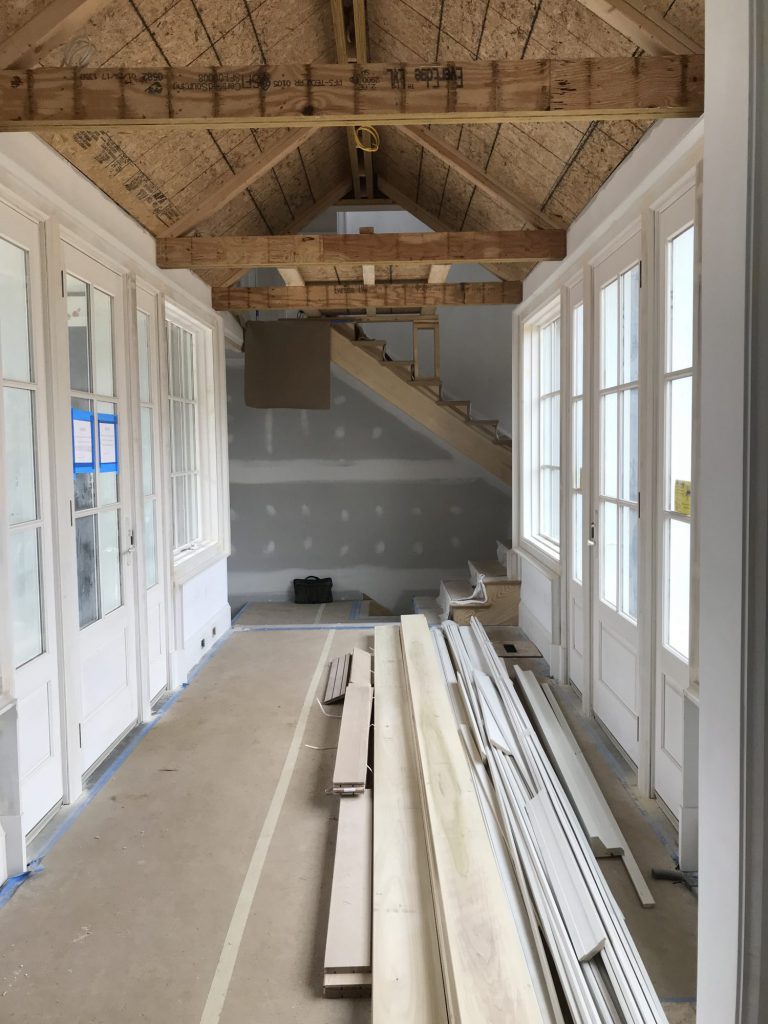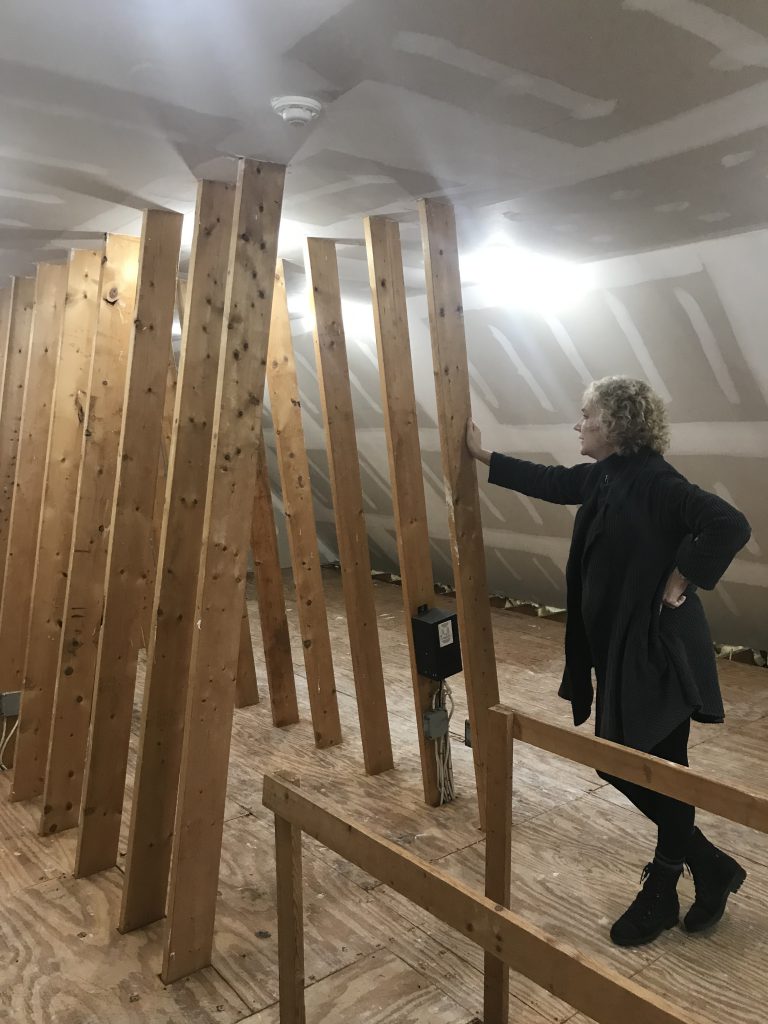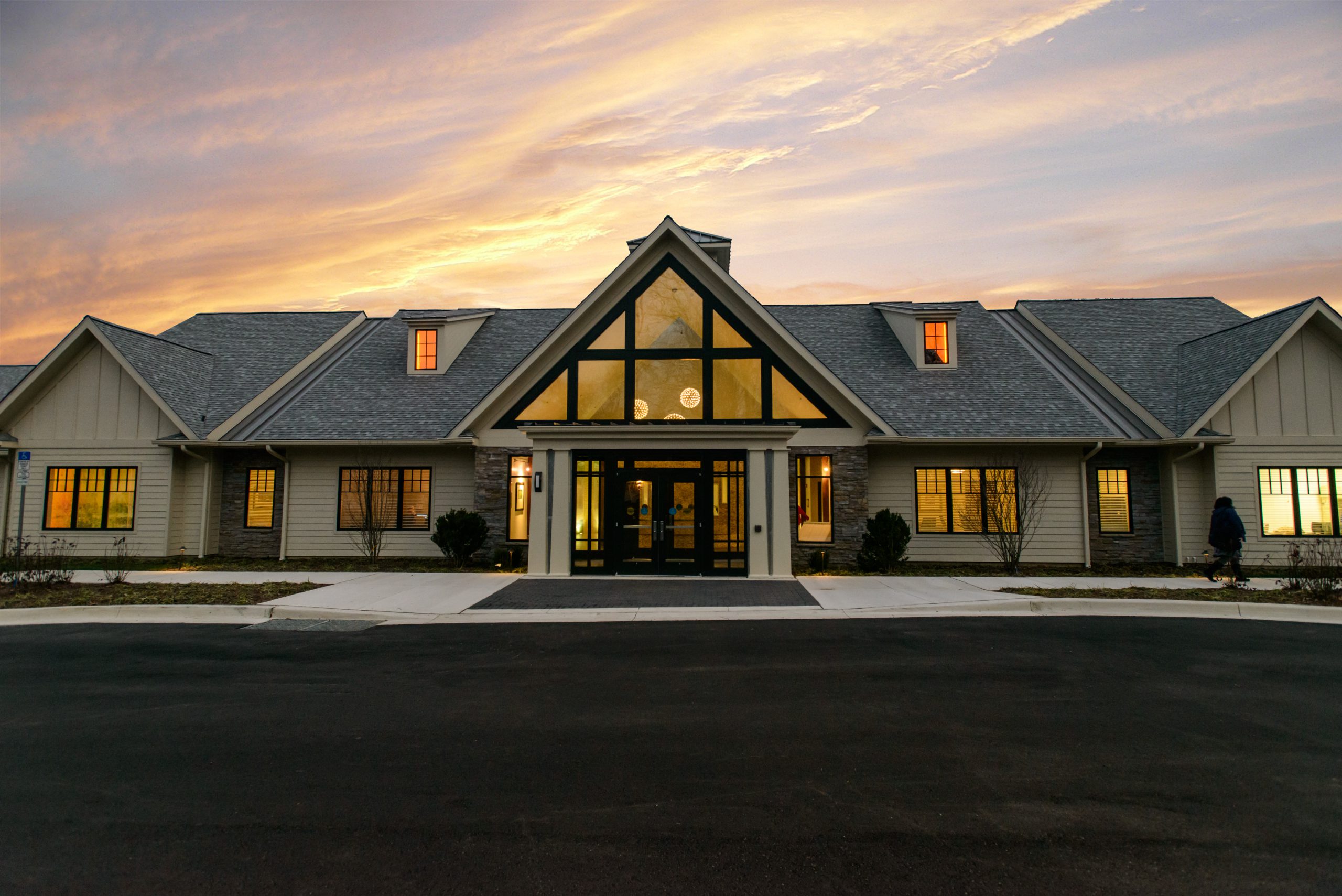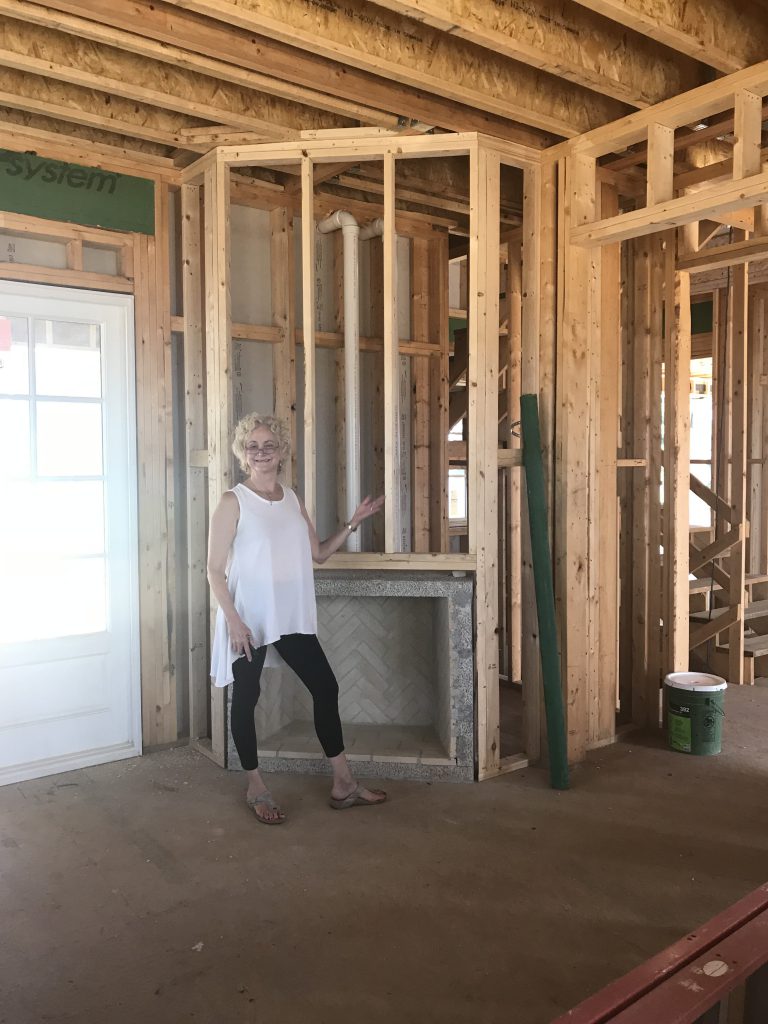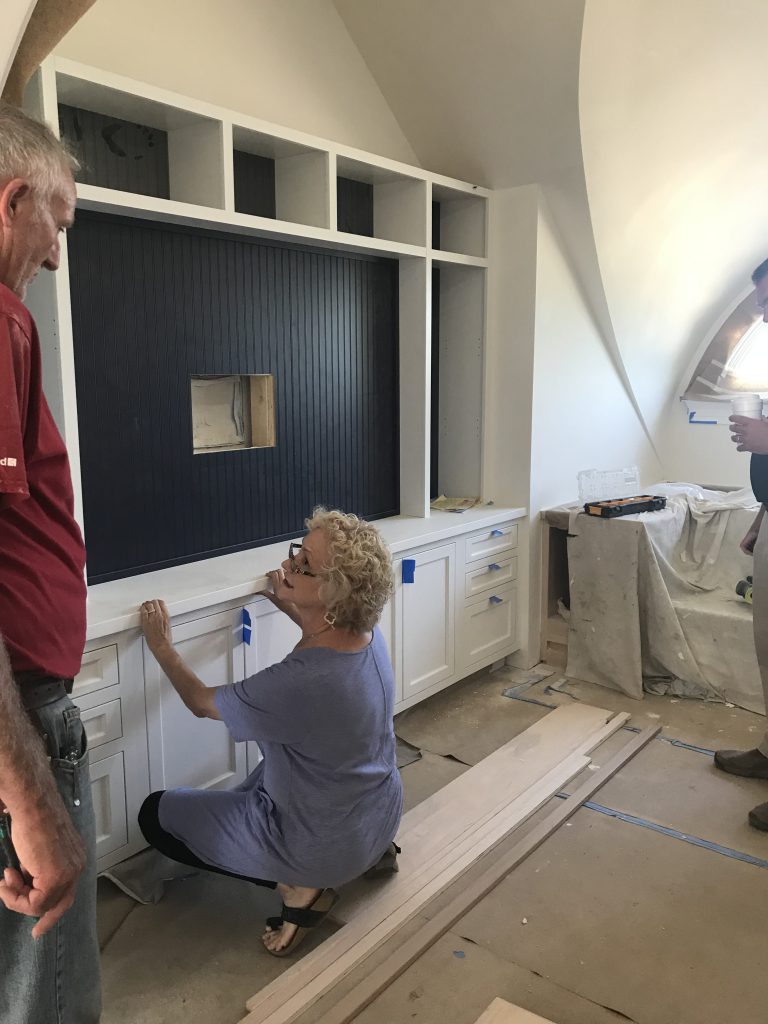Anyone who has ever seen Scarlett O’Hara make a dramatic entrance, sweeping down the curving stairs of an antebellum mansion, knows the dramatic impact of a staircase. Less well known is the power of stairs to help set the character of an interior, provide a focal point of architectural interest, or entice a viewer into exploration of a space. Although most of us don’t live in houses as grand as Tara, stairs are a uniquely interesting architectural element that have a profound effect on the design of a space.
Despite the simple functional purpose of connecting stories or levels within a building, stairs have a lot going for them that contributes to their impact. First, stairs allow us to defy gravity. In every other room of the house, we can only move horizontally along the floor, but a flight of stairs gives us the ability to move on the vertical axis as well. Ascending toward an upper floor with light spilling down from a skylight above, following a narrow, winding stair down to a hidden wine cellar, or viewing a gathering space from above – moving through three dimensions gives us perspectives and experiences we wouldn’t ordinarily feel.
Second, no matter how tall the flight, stairs are uncommonly scaled to the human body. Treads are sized to comfortably support the foot, while risers reflect the length of our strides. Handrails sit at hand height to provide balance and assistance, and are sized and shaped to comfortably fit our grip. What’s more, the rhythm produced by repeating treads and balusters is appealing and provides visual interest. All of these factors make stairs feel approachable and comfortable, as well as beautiful and dramatic.
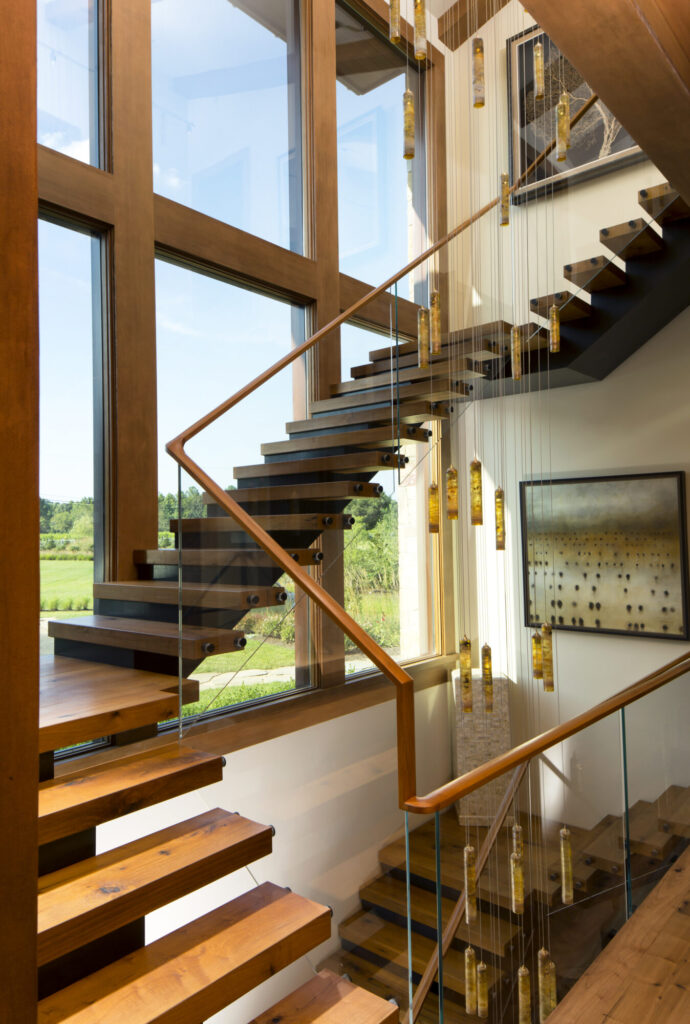
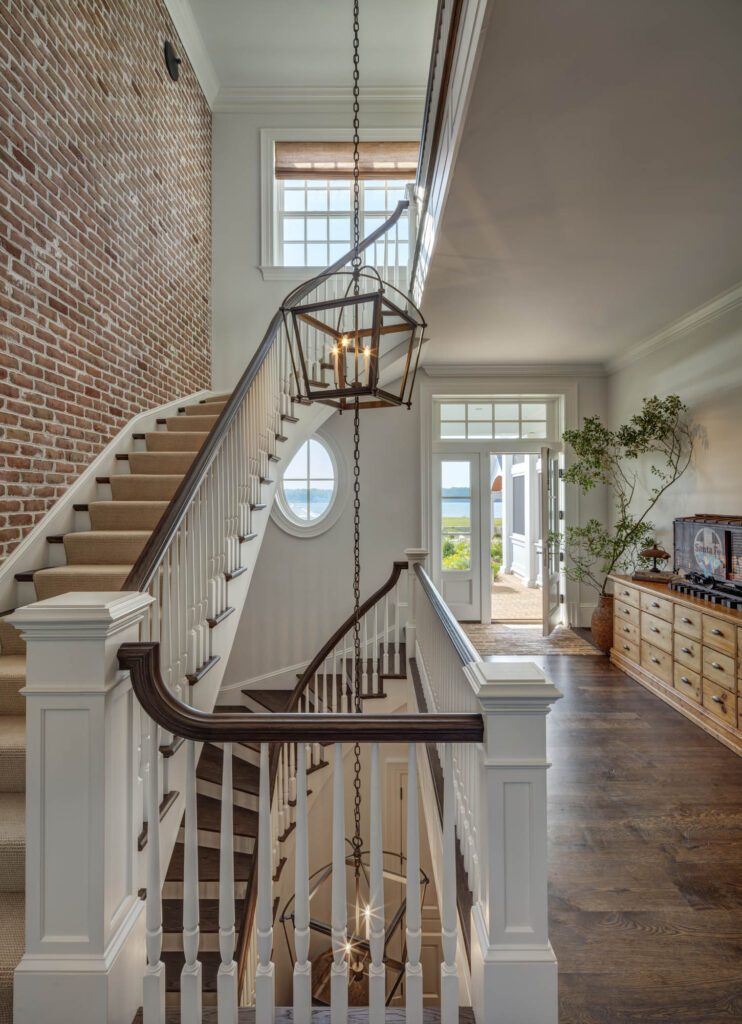
However, as long as the stair meets functional and ergonomic requirements, the available options in stair design and materials are practically limitless. Whether your stair is traditional or contemporary, every choice in design and finish can affect the character of the stair and the space it occupies.
One of the fundamental choices is whether the stair is open, with space visible below the stair, or closed, with walls below. While the choice can be affected by functional considerations – a closed stair can hide a closet or a less attractive stair to an unfinished basement – it is also a main driver of the character of the stair within the space. A closed stair feels solid, opaque, and grounded, while an open stair evokes lightness, transparency, and vertical movement. An open stair connecting three or more floors creates a dramatic shaft of light and space through a building, allowing rare vertical connections between stories. Open risers, which allow views through the stair itself, dematerialize the stair’s appearance, contributing to a feeling of maximum lightness and delicacy.
Material selections are nearly infinite, and each decision creates its own ripple effect of personality and appearance. Wood is a predominant material for stair design in both classic and modern houses, although grand mansions of the Gilded Age sometimes included carved limestone or marble, and avant-garde designers might stack irregular stones or arrange polished slabs on invisible supports to create steps. Wood handrails can be as ornate as an intricately carved Victorian walnut balustrade or as simple as a smooth maple ribbon with a natural oiled finish. Combinations of materials can create striking contrasts of color, texture, and transparency, where solid blocks of timber seem to float weightlessly alongside crystal glass panels with a fluid wooden rail.
Metal can be used in innumerable ways, from handcrafted wrought iron balusters evoking old-world elegance to laser-cut sheet metal stringers suitable for the most high-tech installation. Art nouveau floral patterns, industrial chic I-beams with exposed bolts, or layered metal mesh creating ever-changing patterns of light and shadow – all can be incorporated into stairs suitable for any style or environment.
Although often overlooked, stairs provide a valuable opportunity to break away from the expected and create a memorable architectural element. Small tweaks to materials or designs can transform the simple means of moving between floors into a centerpiece of a space.
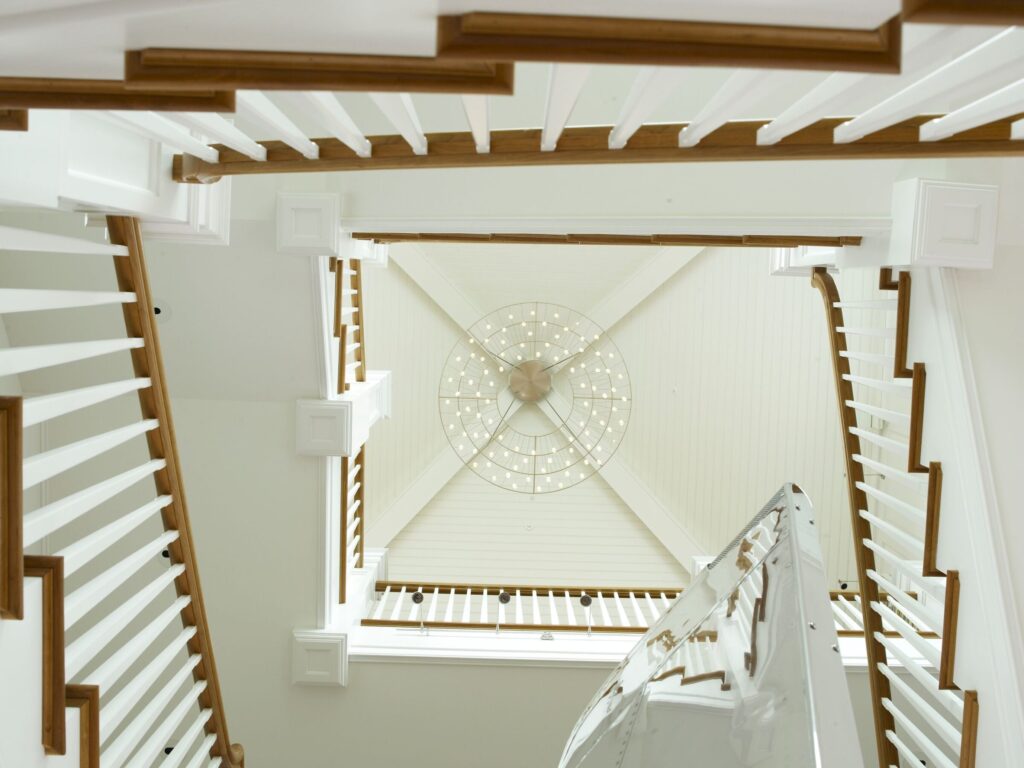
Written by Alan Cook, LEED AP, Studio Director
Since 2014, Alan Cook has brought his passion, leadership, and expertise to Purple Cherry Architects. With a deep understanding of environmental design, coupled with over twenty years’ experience, Alan brings to each project a valuable interdisciplinary perspective. A graduate of Syracuse University School of Architecture, Alan has extensive experience with custom residential, historic preservation, adaptive reuse and commercial projects. He notes, “My passion for architecture is fueled by the fulfilling aspects of problem-solving combined with the delight of helping clients create homes of remarkable beauty and functionality.” Outside the office, Alan serves on the board of Girls on The Run Greater Chesapeake.
